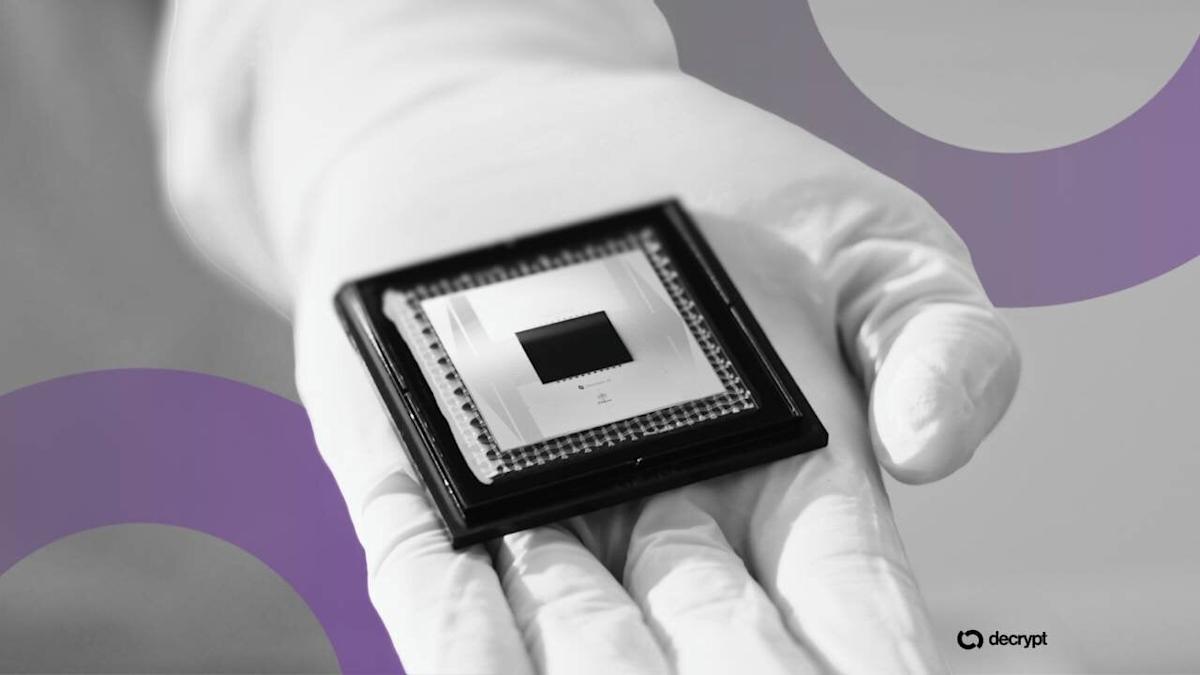Why Google’s ‘Quantum Money’ Could Make Blockchain Obsolete
For more than a decade, the world of digital currency has been built on a single foundation: the blockchain.
This complex, code-based system of distributed ledgers was a revolutionary approach to creating digital scarcity and preventing counterfeiting.
But now, researchers at Google are exploring a concept that could bypass it entirely, securing money not through a chain of code but through the fundamental laws of physics.
This new research into “quantum money” offers an alternative to cryptocurrencies like Bitcoin and targets the very problem a blockchain was designed to solve.
If successful—a big if, since it presumes advanced quantum computers—it would effectively obviate the need for a blockchain’s core technology, representing a fundamentally different path toward a secure digital future.
In a new study, dubbed “Anonymous Quantum Tokens with Classical Verification,“ researchers from Google Quantum AI, the University of Texas at Austin, and the Czech Academy of Sciences have advanced a decades-old idea for a theoretical currency secured by the unalterable laws of quantum mechanics.
The paper outlines a system where money is not just data on a ledger, but a unique quantum object whose integrity is guaranteed by the fabric of reality itself.
The concept hinges on one of the strangest and most powerful principles in physics: the “no-cloning theorem.”
This law states that it is impossible to create a perfect, independent copy of an unknown quantum state. While a string of data on a computer can be copied endlessly, a quantum state cannot.
“If you had a $1 bill that was actually a quantum state, you could prove, based on the properties of quantum mechanics, that copying such a state is impossible,” Dar Gilboa, a Google Quantum AI researcher and co-author of the study, told Decrypt. “You could only succeed with very small probability.”
In this system, counterfeiting isn’t just computationally difficult, as in Bitcoin; it is physically forbidden.
Bitcoin and Ethereum Aren’t Ready For Quantum Computers, Researcher Says
This is where the technology becomes a direct threat to the blockchain model.
A blockchain’s primary function is to prevent “double-spend” without a central authority. It does this by creating a massive, public, and unchangeable accounting book—the distributed ledger—that everyone watches.
Quantum money solves the same problem far more directly. You don’t need a global ledger to track ownership history if the token itself is physically uncopyable and can only be spent once.



Leave a Comment
Your email address will not be published. Required fields are marked *